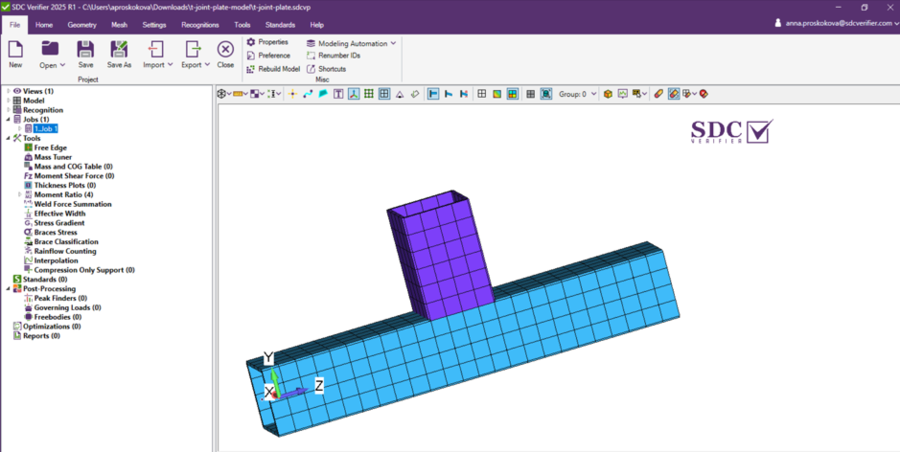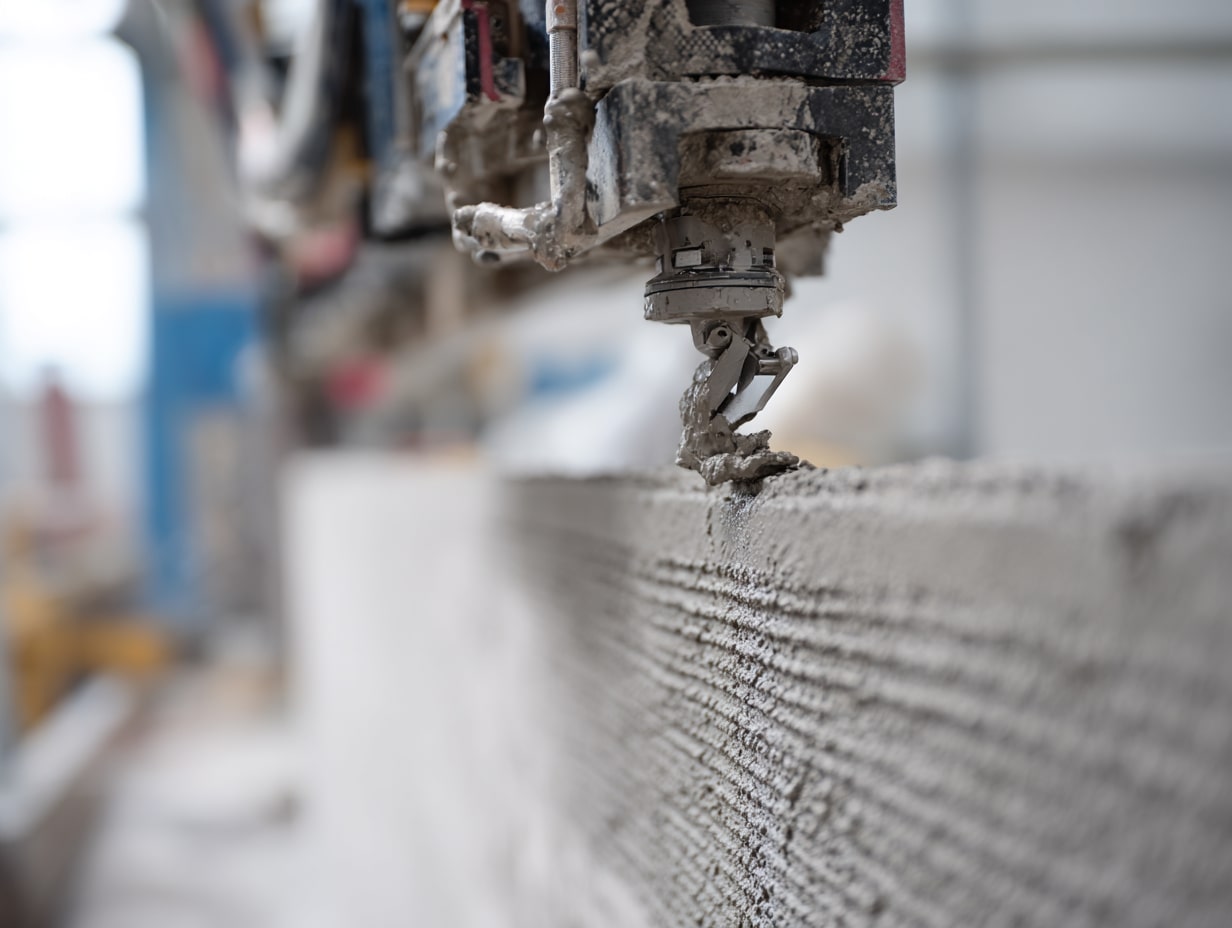- Home
- Articles
- Architectural Portfolio
- Architectral Presentation
- Inspirational Stories
- Architecture News
- Visualization
- BIM Industry
- Facade Design
- Parametric Design
- Career
- Landscape Architecture
- Construction
- Artificial Intelligence
- Sketching
- Design Softwares
- Diagrams
- Writing
- Architectural Tips
- Sustainability
- Courses
- Concept
- Technology
- History & Heritage
- Future of Architecture
- Guides & How-To
- Art & Culture
- Projects
- Interior Design
- Competitions
- Jobs
- Store
- Tools
- More
- Home
- Articles
- Architectural Portfolio
- Architectral Presentation
- Inspirational Stories
- Architecture News
- Visualization
- BIM Industry
- Facade Design
- Parametric Design
- Career
- Landscape Architecture
- Construction
- Artificial Intelligence
- Sketching
- Design Softwares
- Diagrams
- Writing
- Architectural Tips
- Sustainability
- Courses
- Concept
- Technology
- History & Heritage
- Future of Architecture
- Guides & How-To
- Art & Culture
- Projects
- Interior Design
- Competitions
- Jobs
- Store
- Tools
- More
The Next Step in Structural Design: Combining AI, BIM, and Advanced Simulation Tools

According to studies, software engineering companies that adopt AI-driven innovations complete projects tasks 55% faster. Artificial intelligence (AI), Building Information Modeling (BIM), and high-fidelity simulation platforms are no longer separate tools—they now form a unified ecosystem that unlocks accuracy, speed, and decision-making capabilities unavailable even a decade ago.
This article explores how these technologies converge, why their integration matters, and how modern structural analysis software like SDC Verifier helps engineers take the next step in structural analysis and code compliance.
Table of Contents
ToggleWhy does Structural Design Integration Matter?
Traditional workflows separate design modeling, simulation, documentation, and verification into distinct steps.
However, fragmentation slows down the process and increases the chance of human error.
Moving toward integrated platforms solves key issues:
- Data loss between tools (e.g., CAD → FEA → reports)
- Repetitive manual operations, like model reconstruction
- Difficult compliance checks across dozens of code editions
- Limited traceability for design decisions
A unified ecosystem powered by AI, BIM, and advanced simulation changes the game completely.
How BIM Sets the Foundation
BIM (Building Information Modeling) has evolved from 3D geometry into an intelligent database for the life cycle of a structure.
BIM lets structural engineers integrate materials, loads, documentation, and maintenance strategies into one model.

Benefits of BIM Integration for Structural Engineering
- Centralized project data shared across disciplines
- Accurate clash detection and prevention of field issues
- Linking design, simulation, and fabrication
- Better sustainability assessment through material tracking
Key standardized guidelines like ISO 19650 help ensure that BIM workflows remain consistent across global teams.
AI: The New Brain of Structural Engineering
AI isn’t replacing engineers; it accelerates and augments their expertise.
Thanks to advances in machine learning, generative design, and predictive analytics, AI tools can now identify patterns and provide engineering recommendations based on massive datasets.
Current AI Applications in Structural Engineering
| AI Capability | Engineering Benefit |
| Automated load prediction | Faster initial modeling stages |
| Generative design | Optimized geometries for weight vs. strength |
| Defect recognition | Detects stress hotspots in seconds |
| Design rule checks | Ensures compliance with standards instantly |
| Predictive maintenance models | Extends asset lifecycle |
A study by Deloitte reported that AI-driven design optimization can reduce structural weight by 10–20% while maintaining safety margins.
The Intersection: AI + BIM + Simulation in One Workflow
The real revolution begins when these three technologies work together.
Instead of switching between tools, engineers can create a single closed-loop process.
What Integrated Workflows Achieve
- AI analyzes the BIM model and identifies structural risks early.
- Simulation tools verify performance under real load scenarios.
- Software automatically checks standards of compliance and generates reports.
- Data flows back into BIM for rapid design adjustments.
This creates a continuous improvement cycle where each design iteration becomes smarter and more robust.
Example of How Advanced Simulation Tools Help Engineers
Structural Analysis Software, SDC Verifier, is a leading example of how simulation and automated code checking can be seamlessly integrated into engineering workflows.
It bridges the gap between FEA models and design code verification—two steps that are often disconnected in traditional processes.
Key Advantages of Using SDC Verifier
- Automated design code checking (AISC, Eurocode, DNV, ABS, API and more)
- Direct integration with major FEA tools like ANSYS, Simcenter Nastran, and Femap
- Customizable engineering checks for niche industries (offshore, cranes, civil, mechanical)
- Report generation with zero manual formatting
- Loads automation, including fatigue, buckling, and stability workflows
Its automation features reduce engineering time significantly while ensuring complete traceability and compliance.
Real-World Use Cases Where Integration Matters Most
1. Offshore Structures
Platforms and wind turbines require complex load calculations influenced by wind, waves, and fatigue.
SDC Verifier helps automate checks using standards like DNV-RP-C201 and API RP 2A.
2. Shipbuilding & Maritime Engineering
New IMO and IACS rules require detailed buckling and fatigue analysis.
By linking FEA models to automated rule checking, engineers eliminate manual errors and accelerate approval.

3. Industrial Equipment (Cranes, Lifting Structures)
Weight optimization and fatigue life prediction are crucial for safety.
AI-driven predictions combined with automated simulation reduce both cost and risk.
4. Civil & High-Rise Construction
BIM-based structural workflows benefit from AI-supported reinforcement layouts and simulation-verified stability analysis.
Comparison Table
| Workflow Stage | Traditional Approach | AI + BIM + Simulation Approach |
| Modeling | Manual CAD builds | Automated BIM extraction |
| Load Definition | Estimated inputs | AI-assisted load prediction |
| Simulation | Independent tools | Fully connected workflow |
| Verification | Manual spreadsheet checks | Automated code compliance |
| Reporting | Time-consuming manual formats | Instant auto-generated reports |
| Iterations | Slow and error-prone | Rapid, data-driven optimization |
The integrated approach not only increases accuracy but improves project profitability.
Conclusion
Structural engineering is heading toward deeply interconnected workflows powered by AI reasoning, BIM-based collaboration, and simulation precision.
Software like SDC Verifier is enabling this transition by bridging simulation and compliance, giving engineers more time to focus on creativity and innovation.
As the industry continues its digital transformation, one thing is clear:
Engineers who use integrated, intelligent tools will define the next generation of safer, smarter, more sustainable structures.
illustrarch is your daily dose of architecture. Leading community designed for all lovers of illustration and #drawing.
Submit your architectural projects
Follow these steps for submission your project. Submission FormLatest Posts
How Much Time Does It Take to Install Impact-Resistant Windows and Doors
Introduction Upgrading your home’s windows and doors can feel like a big...
How to Furnish Your New Home in 24 Hours (Without Picking Up a Screwdriver)
The keys have been handed over. The lease is signed. You are...
3D Printed Homes: Time, Cost, and What to Expect
3D printed homes explained: realistic timelines (24–72h walls, 8–16 weeks total), true...
How a Contact Centre Boosts Trust in Your Building Business
In construction, trust is the glue that holds projects together. Clients need...












Leave a comment